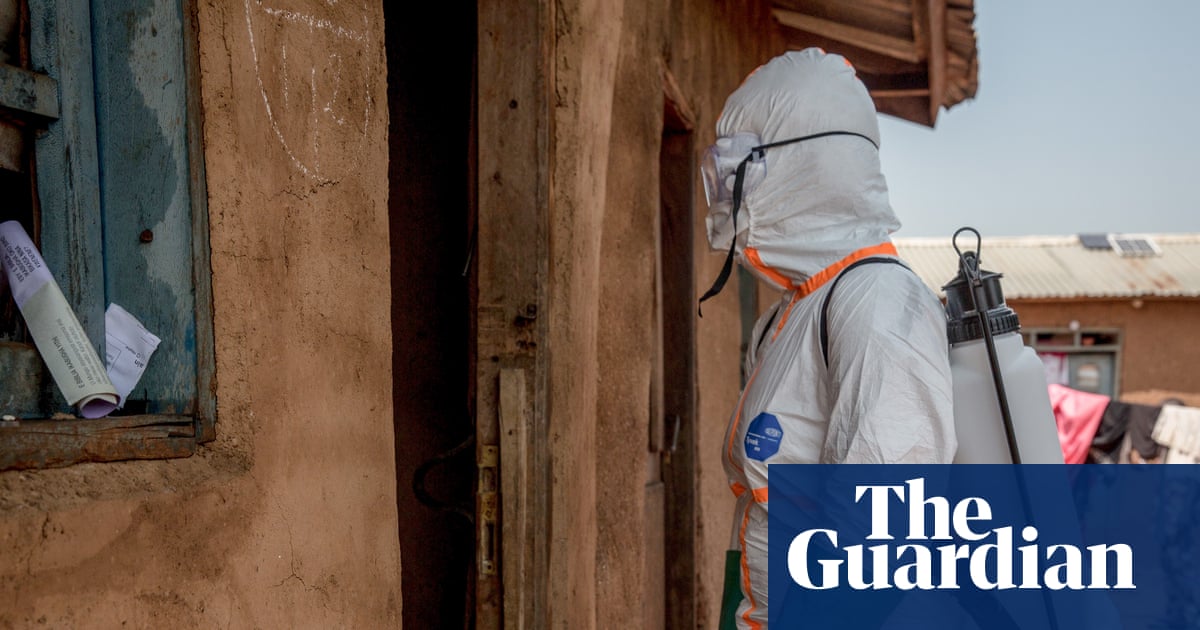The loss of more than 2,000 jobs at the World Health Organization (WHO) “will leave the world less healthy and less safe”, experts have warned.
The global health body said it expected to lose 2,371 posts – nearly a quarter of its workforce – by June 2026 as it deals with budget cuts after the US withdrawal from the organisation in January. At that point the WHO had 9,401 staff members.
Analysts and campaigners said the cuts, made under financial pressure, would probably leave the WHO less able to help countries facing disease outbreaks.
Pete Baker, the deputy director of global health policy and a fellow at the Center for Global Development, said: “WHO staffing cuts are a regrettable but inevitable outcome of US withdrawal and lower-than-hoped-for contributions by other countries. The loss of expertise will leave the world less healthy and less safe.
“Now, more than ever, WHO needs a clear, strategic vision to navigate its new fiscal reality. Instead, these cuts are aimed at global and Africa-based staff, at a time when WHO should be doubling down on its global work – such as coordinating responses to pandemics and other health threats – and providing limited country support to the poorest nations, most of which are in Africa.”
The highest number of cuts – 805 posts – will be in the WHO’s Geneva-based headquarters. Its African regional office will be the next worst affected, losing 638 of 2,541 posts according to documents posted online.
Dr Githinji Gitahi, chief executive of Amref Health Africa, said although the cuts were expected, “it is rapid in nature, and with little transition planning”.
“With these cuts, certain functions, especially disease surveillance, supply chain management and emergency response will inevitably be impacted. African governments are going to have to lift more weight than before,” he said.
Eloise Todd, the executive director and founder of Resilience Action Network International, said: “At a time when we face increasing health threats worldwide, reduced capacity will severely impact the WHO’s ability to play the role member states ask of them.”
About half of the reduction in headcount would be achieved through natural attrition such as retirements or the end of temporary contracts, the WHO said, and the rest through “position abolition”.
The cuts process has been turbulent inside the WHO, with junior staff sending an anonymous open letter in August claiming that senior staff were being shielded from the cuts and many high-cost positions kept.
In a lengthy email sent from the WHO chief, Dr Tedros Adhanom Ghebreyesus, to staff, seen by the Guardian, he said the year had been “one of the most difficult in WHO’s history”. He said the process of cutting positions had involved “painful conversations” with staff, who had expressed “their pain, anxiety and, in some cases, their anger”.
WHO documents presented to member states at a briefing on Wednesday show that the number of senior directors will reduce from 65 to 38, a 42% cut that returns their numbers to around 2017 levels. Entry-level professionals will see numbers cut by 37%, from 291 to 183.
Michel Kazatchkine, a senior fellow at the Global Health Center, Geneva Graduate Institute, described the WHO’s presentation as “a politically correct document showing how the balance between grade, regions, gender [etc] has been kept in the 2,000-plus cuts that were announced”.
He added: “It does not say much about the choices made at senior level, and how much the specific added value of people versus other criteria has been guiding decisions.”
Kazatchkine said what was needed was a clear agreement from the WHO’s governing body, the World Health Assembly, on its core mandate, and what it should leave to other bodies such as Unicef or the Global Fund.
“And then,” he said, “assess the needed budget, the needed human resources and fundraise strategically rather than adjusting manpower and activities to financial pressure.”
The cuts were “not necessarily irreversible” in a rapidly moving landscape, he said, adding that adequate financing and adequate manpower were vital to keep the WHO “independent in a heavily politically charged environment”.
Ghebreyesus told staff the WHO had faced a difficult financial situation even before the US announced its intention to withdraw in January, and had sought to change its funding mechanisms to provide greater stability. However, the US decision, “combined with funding cuts from other countries, left us facing a salary gap of about $500m [£382m],” he said.
In a speech to member states, he said there was still a funding gap of $1bn for 2026 and 2027, and asked for support to close it.
